Disclosure: This article contains affiliate links. We may earn a commission from purchases at no extra cost to you, which helps our travel content.
Standing at the crossroads of ancient tradition and rapid modernization, Jakarta presents a fascinating paradox for the curious traveler. As someone who has spent years studying how human innovation interacts with natural systems, I find Indonesia's capital to be a living laboratory of cultural resilience. During my recent week-long solo expedition through Jakarta's lesser-known districts, I discovered that beneath the metropolis's notorious traffic and towering skyscrapers lies a complex ecosystem of communities preserving centuries-old traditions while embracing sustainable futures. This isn't the Jakarta you'll find in conventional guidebooks—it's the Jakarta that reveals itself when you venture beyond the obvious, applying the same principles of exploration that guide my work in renewable energy: curiosity, respect for natural systems, and an engineer's eye for how things interconnect.
Navigating Jakarta's Hidden Kampungs
The word kampung translates simply to 'village,' but in Jakarta's context, these urban neighborhoods function as cities within the city—each with distinct cultural identities that have somehow survived centuries of colonial influence and decades of rapid development.
My exploration began in Kampung Pelangi (Rainbow Village), where community-led initiatives have transformed what was once considered a slum into a vibrant art installation. The geometric precision of the rainbow-painted houses creates a fascinating juxtaposition against the organic growth pattern of the neighborhood itself. As an engineer, I was struck by how this simple intervention—applying color in strategic patterns—completely transformed both the physical space and the community's economic prospects through increased tourism.
Further north, I discovered Kampung Tugu, home to Jakarta's oldest Christian community descended from Portuguese and freed slaves. The 200-year-old Gereja Tugu church stands as a testament to architectural resilience, its structural supports having withstood decades of flooding and land subsidence—a phenomenon I've studied extensively in my work with coastal communities facing climate change impacts.
Navigating these narrow alleyways requires comfortable footwear and a reliable travel daypack to carry water, snacks, and a rain shell—Jakarta's sudden downpours are as predictable as its traffic patterns (which is to say, not at all).
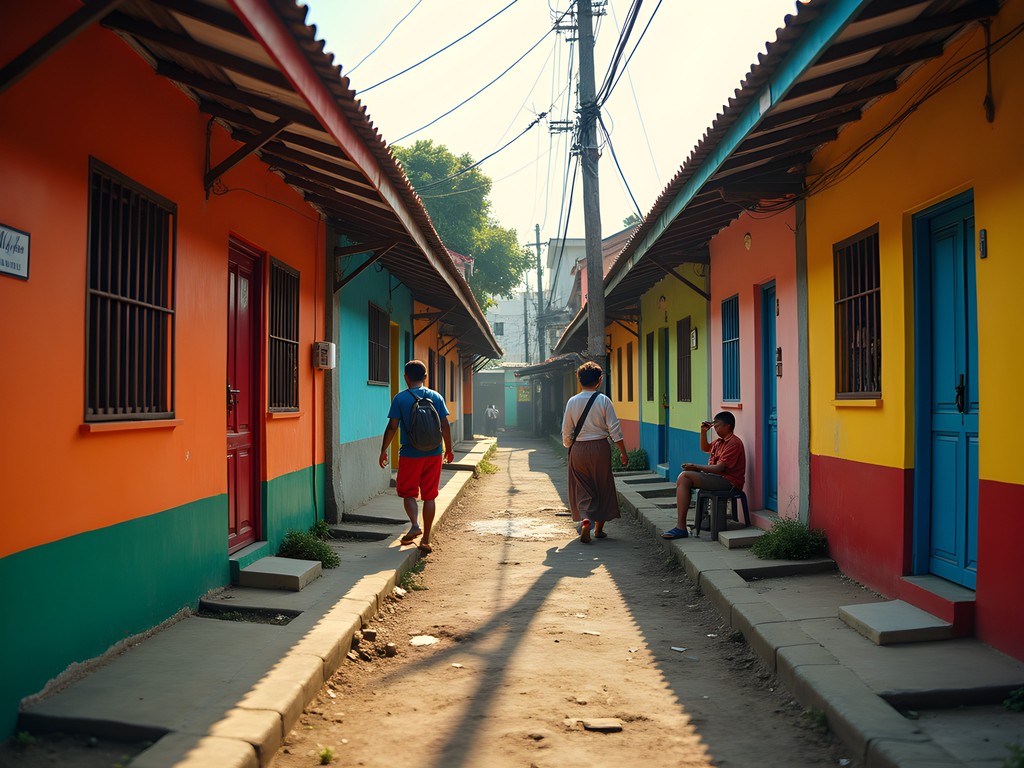
💡 Pro Tips
- Visit kampungs early morning (7-9am) when communities are most active and before the day's heat intensifies
- Learn basic Bahasa Indonesia phrases—even simple greetings will transform your reception in less-visited neighborhoods
- Support local initiatives by purchasing directly from community craft shops rather than commercial markets
The Engineering Marvel of Jakarta's Water Systems
Long before modern infrastructure, Jakarta (then Batavia) was known as the 'Queen of the East' partly due to its sophisticated canal system—a Dutch-colonial engineering achievement that merged European hydraulic principles with indigenous water management techniques.
I spent an entire day exploring Kota Tua's hidden waterways with a local engineer who explained how the original system was designed to mimic natural river delta patterns. What fascinated me most was discovering that many of these centuries-old water management principles are now being reincorporated into modern sustainable development projects throughout the city.
At the Maritime Museum (Museum Bahari), housed in former Dutch East India Company warehouses, I examined detailed models of traditional Indonesian vessels. The structural efficiency of these boats—particularly the pinisi schooners with their ingenious sail configurations—demonstrates an intuitive understanding of fluid dynamics that predates modern computational modeling by centuries.
For this exploration, I relied heavily on my waterproof notebook to sketch hydraulic systems and take notes even during afternoon showers. The engineering principles I observed here have direct applications to my current work on water conservation systems back in Pittsburgh.
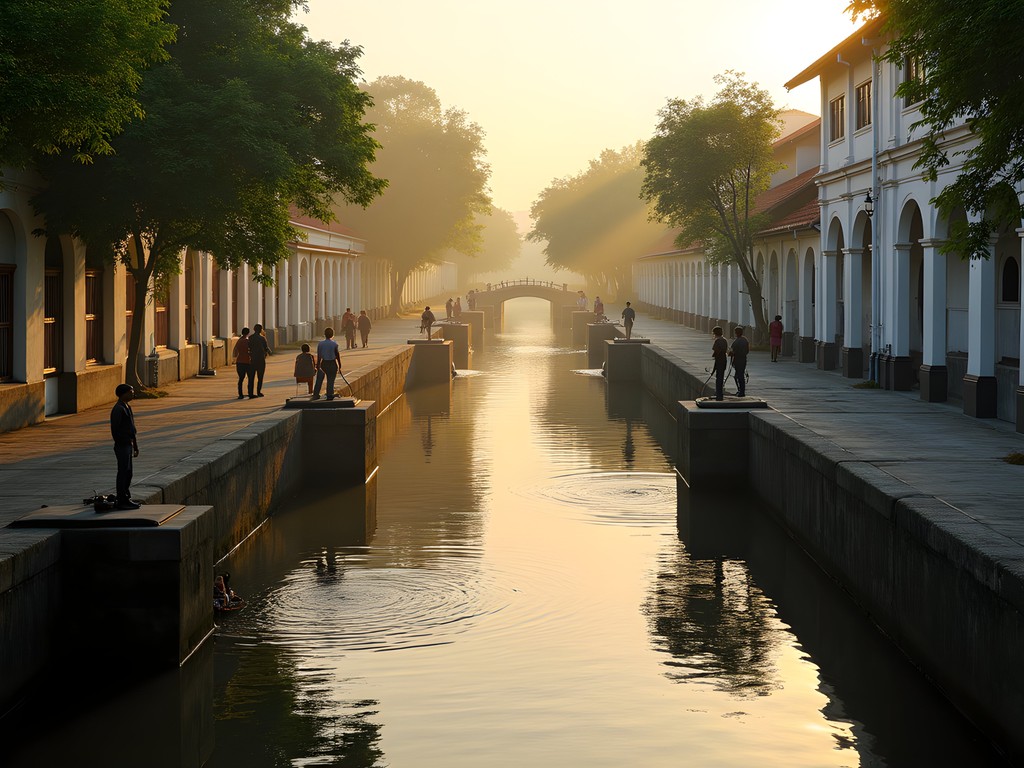
💡 Pro Tips
- Visit the Maritime Museum on weekdays to avoid crowds and have meaningful conversations with knowledgeable staff
- Take the 'Hidden Canals' walking tour that departs from Kota Tua square every Tuesday and Friday morning
- Bring a refillable water bottle with built-in filter as Jakarta's tap water isn't potable
Culinary Anthropology: Jakarta's Food as Cultural Preservation
As the child of a Filipino father and Italian mother, I've always approached food as both cultural artifact and community glue. Jakarta's culinary landscape offers a perfect case study in how recipes function as living historical documents.
I bypassed the city's trendy restaurants in favor of warungs—small family-owned food businesses that often specialize in regional dishes passed down through generations. In Glodok (Jakarta's Chinatown), I discovered how the Chinese-Indonesian community has preserved their culinary heritage while adapting to local ingredients, creating unique fusion dishes like laksa and lontong cap go meh that tell the story of cultural integration through flavor profiles.
The most illuminating experience came through a cooking class in a local home in Kemayoran district. My host, Ibu Siti, demonstrated how Betawi cuisine (native to Jakarta) uses specific preparation techniques to maximize flavor while minimizing fuel consumption—an intuitive form of energy efficiency that predates modern sustainability concepts by centuries. We prepared kerak telor (spiced coconut rice with egg) using traditional cooking implements that have remained essentially unchanged for generations.
For food exploration, I highly recommend bringing a small food journal to document recipes, techniques and ingredients. This practice not only preserves culinary knowledge but helps you recreate these flavors once you return home.
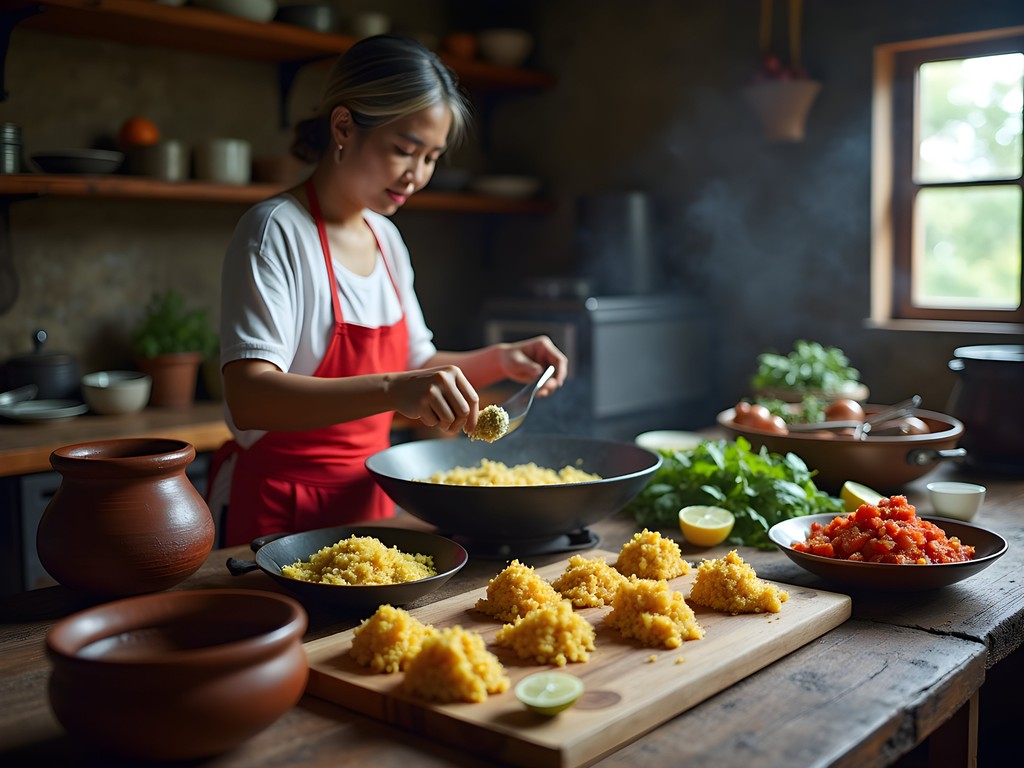
💡 Pro Tips
- Eat where taxi drivers eat—follow the blue Bluebird taxis at lunchtime to find authentic, affordable warungs
- Take a street food tour with Jakarta Good Food Guide for safe introduction to local specialties
- Learn the phrase 'tidak pedas' (not spicy) if you're sensitive to heat—Jakarta's default spice level is significantly higher than Western palates expect
Textile Traditions as Living Engineering
My engineering background has taught me to appreciate the mathematical precision hidden in seemingly artistic endeavors. Jakarta's textile traditions—particularly batik production—exemplify this intersection perfectly.
In the eastern district of Cikini, I visited a multi-generational batik workshop where the family has been creating intricate wax-resist textiles for over a century. What appears decorative to the untrained eye is actually a sophisticated system of pattern mathematics. The craftswomen explained how specific motifs contain encoded information about social status, regional identity, and even natural phenomena. The process itself is a masterclass in materials science—controlling wax viscosity through precise temperature regulation and understanding how different fabric weaves accept dyes at varying rates.
At the Textile Museum (Museum Tekstil Jakarta), I examined antique looms whose mechanical principles mirror those in modern industrial machinery. The guide explained how traditional ikat weaving requires the weaver to function as both artist and engineer, calculating thread tension and displacement with remarkable precision.
I documented these intricate patterns with my travel camera, which excels at capturing fine details in variable lighting conditions. The macro capabilities proved essential for photographing the minute wax applications that create batik's characteristic crackle effect.
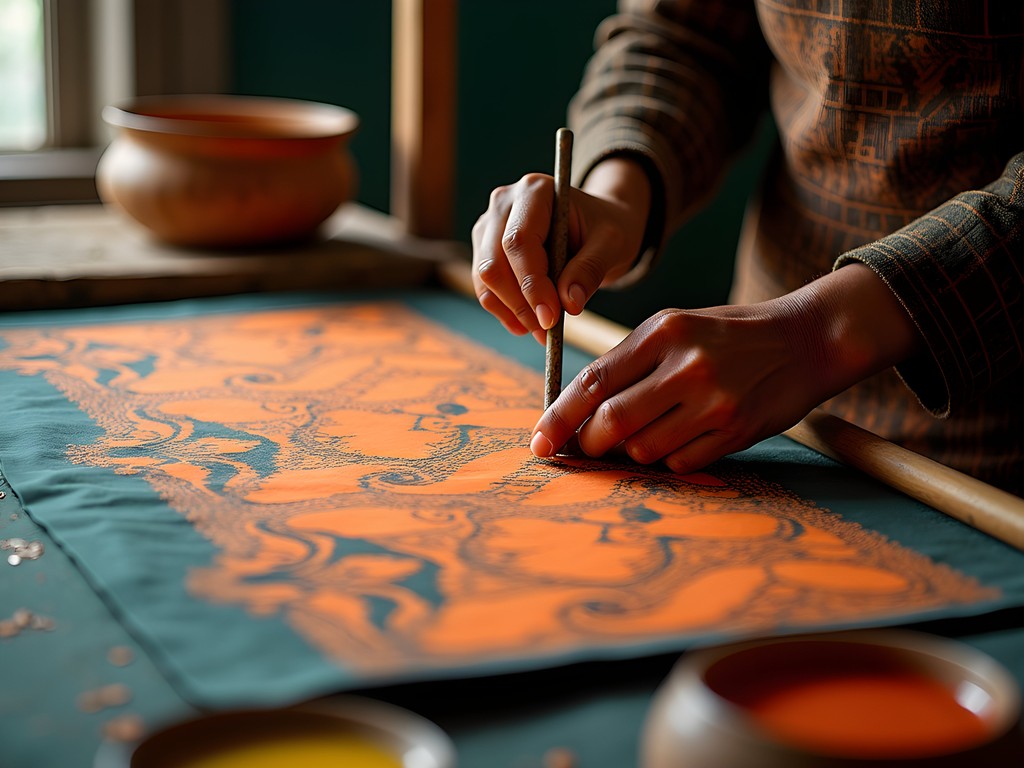
💡 Pro Tips
- Call the Textile Museum in advance to arrange an English-speaking guide who specializes in technical aspects of production
- Visit batik workshops mid-week when production is in full swing rather than on weekends
- Purchase textiles directly from producers—the price difference between tourist markets and workshops is minimal, but the quality and authenticity are vastly superior
Sustainable Urban Communities: Jakarta's New Direction
As a renewable energy engineer, I'm naturally drawn to communities developing sustainable solutions to urban challenges. Jakarta—with its well-documented issues of subsidence, pollution, and infrastructure strain—has become an unexpected incubator for grassroots sustainability initiatives.
In North Jakarta's Cilincing district, I visited an urban farming project where local residents have transformed abandoned lots into productive vertical gardens using hydroponics systems built from recycled plastic. What impressed me most was how the community had engineered water reclamation systems that capture rainwater and filter it through a series of natural biological processes before using it for irrigation.
At Komunitas Ciliwung in East Jakarta, environmental activists are restoring the heavily polluted Ciliwung River through indigenous plant reintroduction and community-based waste management programs. Their approach combines traditional ecological knowledge with modern monitoring technology—volunteers use water quality test kits to track improvements and identify pollution sources.
My background in energy systems led me to RPTRA Kalijodo, a former red-light district transformed into a public space powered entirely by solar energy. The park's design incorporates passive cooling principles adapted from traditional Indonesian architecture—proof that sustainable development doesn't always require high-tech solutions, but can instead draw wisdom from centuries of climate-adaptive building practices.
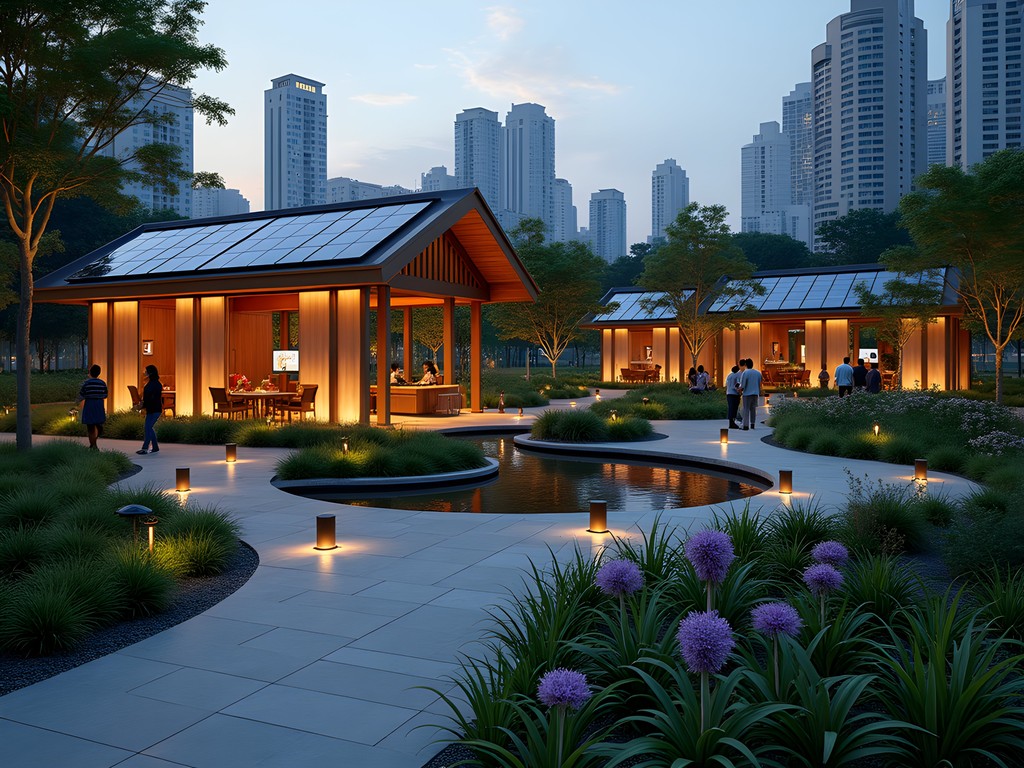
💡 Pro Tips
- Visit RPTRA Kalijodo in the early evening when the solar-powered lighting system creates a magical atmosphere
- Join one of the weekly Ciliwung River cleanup events—they welcome international volunteers and provide all necessary equipment
- Download the 'Urban Farming Jakarta' app which maps community gardens that welcome visitors and volunteer help
Final Thoughts
Jakarta defies simple categorization—it's a city of contradictions where ancient wisdom and cutting-edge innovation coexist in fascinating ways. As an engineer who studies both natural and human-made systems, I found Jakarta's hidden corners to be perfect case studies in resilience and adaptation. The kampungs demonstrate community-scale problem solving, the traditional crafts reveal sophisticated mathematics disguised as art, and the emerging eco-initiatives show how traditional knowledge can inform sustainable futures. When you venture beyond the megamalls and business districts, Jakarta reveals itself as a living laboratory where cultural preservation and innovation aren't opposing forces but complementary processes. I encourage you to approach this complex city with an engineer's curiosity and a cultural explorer's respect—the algorithms of Jakarta's hidden life will reward your patience with insights impossible to find in more curated destinations.
✨ Key Takeaways
- Jakarta's traditional communities contain sophisticated engineering principles disguised as cultural practices
- The most authentic experiences come through connecting with community-led initiatives rather than commercial tourist attractions
- Understanding Jakarta's complex water systems provides insight into both its history and current environmental challenges
- The city functions as a living laboratory for sustainable urban development despite its environmental challenges
📋 Practical Information
Best Time to Visit
May-September (dry season)
Budget Estimate
$30-50 per day (excluding accommodation)
Recommended Duration
5-7 days
Difficulty Level
Moderate

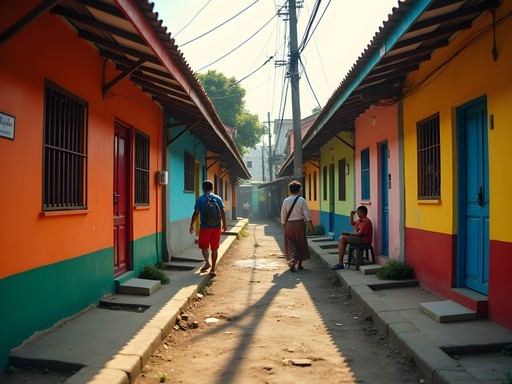
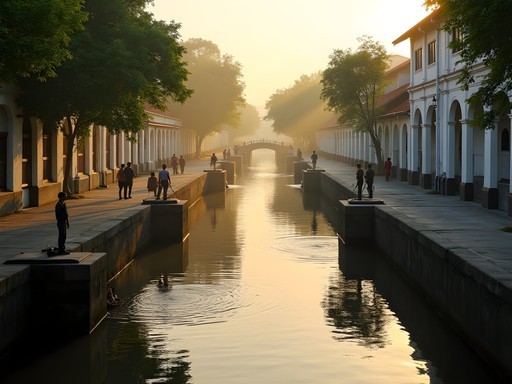
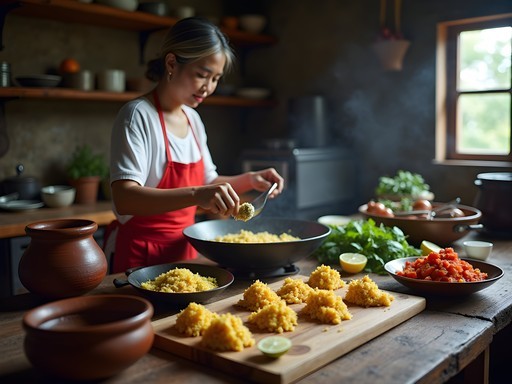
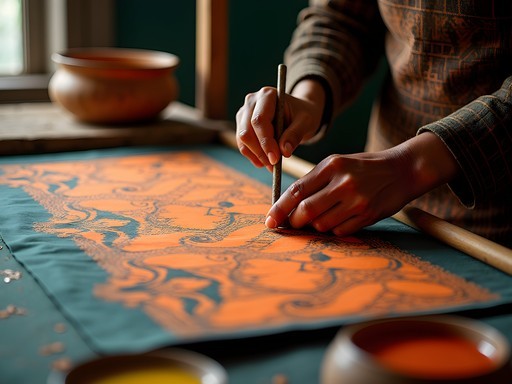
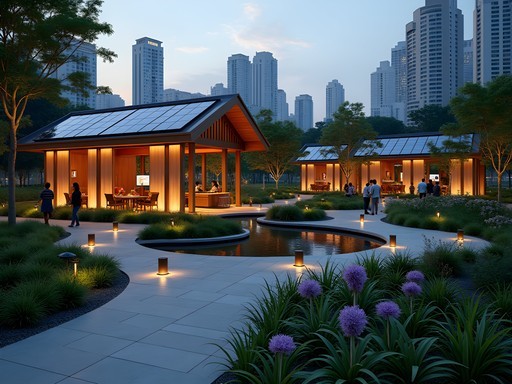


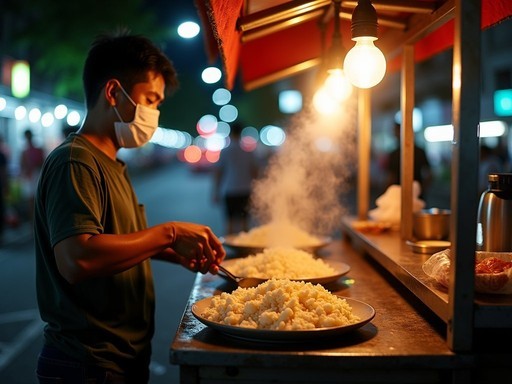
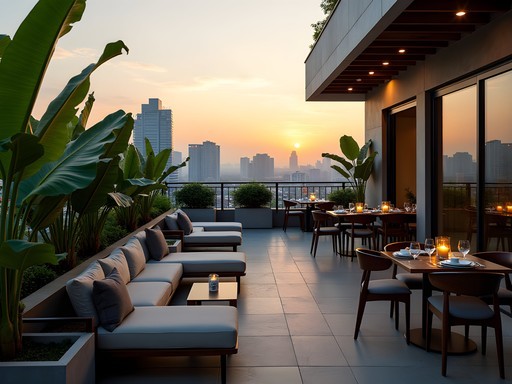
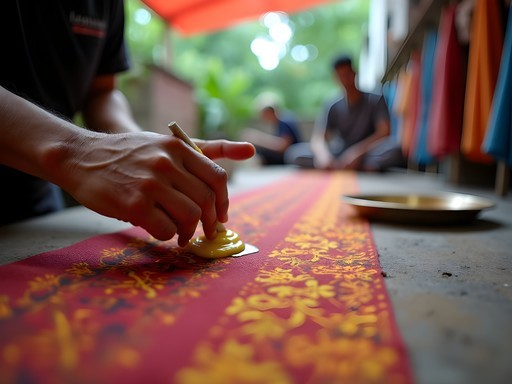
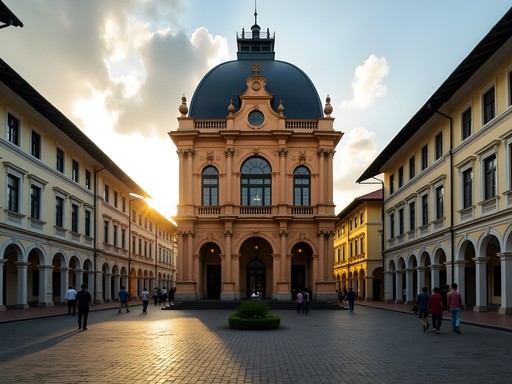
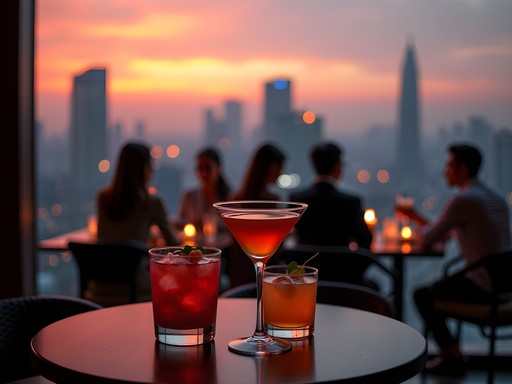
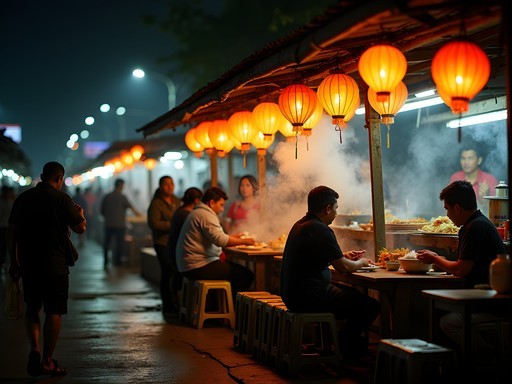
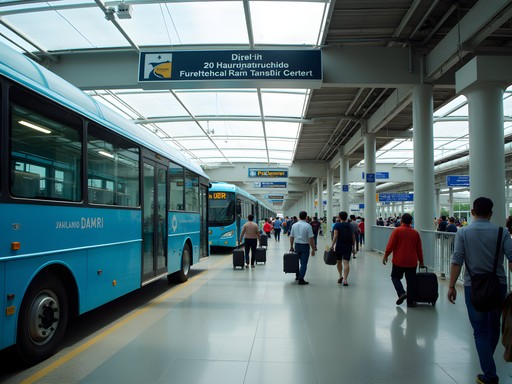
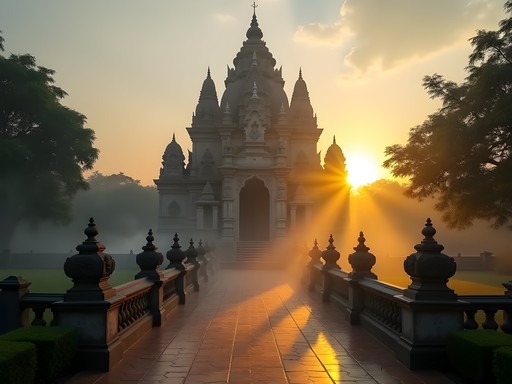
Comments
Mason Ferrari
Robert, your exploration of Jakarta's hidden kampungs resonates deeply with my own experiences there. Too many travelers miss these authentic neighborhoods while rushing between the standard tourist sites. Last year, I spent three days just wandering through Kampung Pelangi with a local guide who showed me how the community has preserved traditional batik techniques despite modernization pressures. The water management systems you mentioned are indeed fascinating - a perfect example of necessity driving innovation. I'd add that visiting during the early morning (before 8am) offers the best glimpse into daily life before the heat becomes unbearable. Did you happen to visit any of the community workshops where they're teaching younger generations the textile techniques?
moonace5002
Mason, did you need to arrange that local guide in advance? Heading to Jakarta next month and would love to explore those hidden kampungs but not sure how to find them on my own.
Mason Ferrari
Yes, I'd definitely recommend arranging ahead. I used WithLocals and requested specifically to see the kampungs. Worth every penny for the cultural insights you gain. Just bring plenty of water and comfortable walking shoes!
moonguy
That shot of the textile market is incredible! The colors just pop. Reminds me why I love Jakarta so much.
wildqueen
Just got back from Jakarta and wish I'd seen this post before! We stumbled upon some kampungs by accident and they were the highlight of our trip. The contrast between modern skyscrapers and these tight-knit communities is mind-blowing. We tried the nasi uduk from a tiny warung that had been run by the same family for 3 generations - best meal of the trip! Robert, did you check out any of the kampung rooftops? We found one where locals had created an amazing urban garden system that collected rainwater.
Frank Carter
Robert, you've captured Jakarta's duality beautifully. I spent a month there researching traditional batik techniques and was fascinated by how they're adapting to modern challenges. For anyone heading to Jakarta, I highly recommend visiting the batik workshops in Kampung Batik Palbatu - they're less touristy than the ones mentioned in most guidebooks. Bring a water filter bottle as Jakarta's tap water isn't potable and you'll want to stay hydrated while exploring these hidden gems. Also, the engineering behind the old Dutch canal system is fascinating - try to catch one of the free walking tours that explain its history!
wavephotographer
Great post! How safe is it for a solo female traveler to explore these hidden areas? Planning a trip in November.
moonguy
I'm not a solo female traveler but my wife explored Jakarta kampungs alone last year and felt very safe. Just use normal city precautions. The textile markets were her favorite - she spent hours there!
Marco Flores
Robert, this brings back memories of my time in Jakarta last year! I spent three days exploring Kampung Pelangi and was blown away by how the community transformed their neighborhood. The locals were incredibly welcoming, inviting me into their homes for coffee and sharing stories about how the colorful paint project actually helped reduce flooding issues. Did you get a chance to visit the night market near Kota Tua? The street food there was mind-blowing - especially the kerak telor which I'm still dreaming about!
wildqueen
@Marco Flores - how did you get around the kampungs? Did you go with a guide or just wander on your own?
Marco Flores
@wildqueen I started with a local guide (found through Instagram actually!) for the first day to get oriented, then explored on my own after that. Definitely recommend learning a few basic Indonesian phrases - it opens so many doors!
adventureace
This is exactly the kind of Jakarta guide I've been looking for! Those hidden kampungs sound amazing!
islandwalker
Just got back from Jakarta and used this guide - the textile workshop in Kampung Tugu was amazing! Thanks for the recommendation!
Taylor Moreau
Robert's point about Jakarta's public transportation is spot on. The contrast between ancient and modern is perfectly exemplified in how you can take a sleek MRT to reach areas where traditional becaks (cycle rickshaws) are the primary transport. For business travelers with limited time: consider staying near Sudirman or Thamrin, then take the MRT to Kota Tua and explore outward from there. The old Dutch colonial architecture juxtaposed with local kampung life makes for a fascinating day trip between meetings. Just be mindful of Jakarta's notorious traffic if you have a flight to catch!
hikingguide
We did the public transportation too and it was surprisingly efficient! The contrast between the modern MRT and traditional areas was mind-blowing. Definitely budget extra time for traffic though - we almost missed our flight!
adventuremood
Going to Jakarta next month for the first time! How safe is it to explore these kampungs on your own? Should I hire a guide? Any recommendations?
photorider
The kampungs are generally very safe! People are incredibly welcoming. I'd recommend starting with Kampung Pelangi or Kampung Tugu since they're more used to visitors. For your first time, a guide helps navigate the maze-like streets. I used Jakarta Walking Tours and our guide Budi was fantastic - showed us places we'd never have found alone.
adventuremood
Thanks so much for the tips! I'll look into that tour. Did you find language to be a barrier?
photorider
In the touristy areas, many speak English. In the kampungs, less so, but people are patient with gestures and translation apps. Learning a few basic Indonesian phrases goes a long way!
Venture X
Premium card with 2X miles, $300 travel credit, Priority Pass